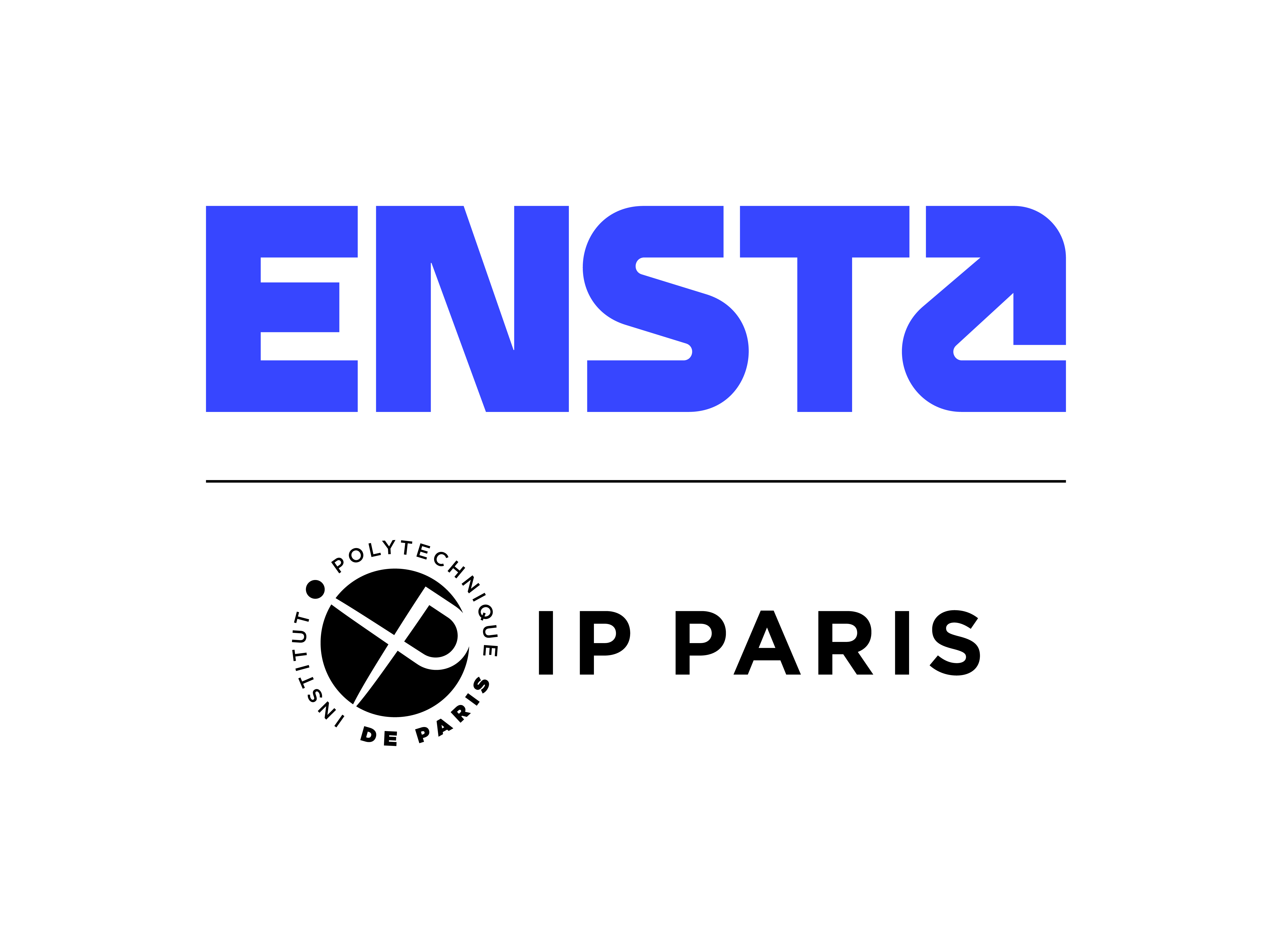Jeudi 4 octobre à partir de 11h dans l'amphithéâtre du Centre de l'Yvette : Séminaire de l'Unité de Mécanique de l'ENSTA ParisTech sur le thème "Dual-time-scale approach for simulations of the nonlinear wave propagation problems" avec la présence de Bojan Guzina Shimizu Professor du "Department of Civil Engineering" (University of Minnesota).
Résumé (English) :
"Nowadays, the high-intensity focused ultrasound is considered as a novel and effective instrument for both medical imaging and ablation (treatment). In the former class of applications, the amplitudes of the pressure ultrasound waves are typically high enough to produce notable nonlinear effects. In addition to that, the amplitude of the ultrasound (MHz-rate) field is often modulated by a low-frequency (kHz-rate) envelope or, alternatively, two beams with slightly different frequencies are used to produce a modulated source.
The numerical treatment of the nonlinear acoustic solution due to such modulated excitation poses a challenging problem in terms of the computational effectiveness. The reason for that lies in the presence of two disparate time scales in the solution, namely, the ultrasound time scale and its modulation counterpart, which makes “full” time-domain nonlinear simulations computationally expensive due to excessive length of the signal. At the same time, direct frequency domain calculations are also ineffective due to richness of the frequency content in the nonlinear response.
To deal with the problem, the scaling of the spatial coordinates (which implies the so-called quasi-plane wave approximation) is supplemented by the dual-timescale approach, where the temporal coordinate is split into its “fast” (ultrasound) and “slow” (modulation) components. This dual-time-scale method leads to independent discretization of the nonlinear acoustic solution in the “fast” and “slow” temporal coordinates, which allows for an effective numerical treatment in the “fast” frequency domain and “slow” time domain for any given (transient or steady-state) modulation envelope. The effectiveness of the proposed hybrid (timefrequency) computational scheme is illustrated by numerical examples, while the approximation accuracy is validated by the comparison with full-time simulations and experimental results."


